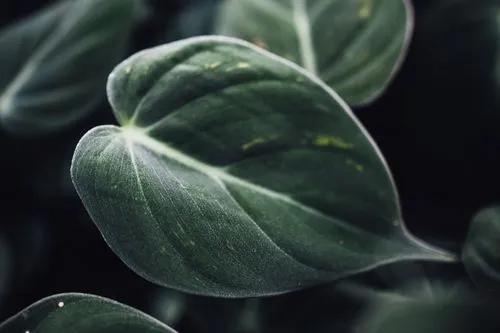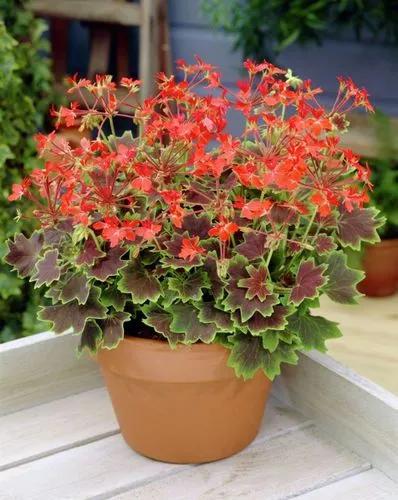is most recognized for its drought tolerance and its ability to be used as a green manure and ground covering. It is a perennial, deciduous, and belongs to the family Fabaceae (beans/legumes) and as it grows it starts as a shrub but eventually matures to a small tree. The tree has a high density of leaves along with small clumps of white flowers and creates 4–7 cm long seed pods. Acaciella angustissima is found in tropical areas around the equator since, its water needs can vary from 750-2,500 mm a year. It has an advantage it can withstand a moderate drought, since its leaves are retained even in long dry periods. Aside from being drought tolerant, Acaciella angustissima also has the benefit of being a green manure, since it has such a high leaf density, but also loses the majority of its leaves each season. So the leaves can be used in composting or can be saved and used as livestock feed. It should only be used as an additive to the feed and not the main source, since it also toxic in high doses
Prairie Acacia Care
Acacia Angustissima
Other names: Fern Acacia, Whiteball Acacia, Prairie Wattle, White-ball Acacia



Acaciella angustissima is normally a shrub but can also look like a small tree when fully grown, since its height can vary from 2–7 m depending on the growing conditions. Large clumps of small white flowers cover the branches of the bush. The flowers have 5 petals with a large number of stamens extended far past the petals.[5] The plant also produces a small seedpod that starts out green, but then turns brown when fully matured. The seedpods usually have a length of 4–7 cm, and are 6–8 mm wide. The leaves which are one of the plant’s key traits are made up of 10-20 pairs of long thin leaves that go down a stem. They come in pairs of 3–12. One unique feature of the Acaciella angustissima is that it is thornless unlike most members of the genus Acacia[6] (which it formerly belonged to).
Discover more plants with the list below
Popular articles






